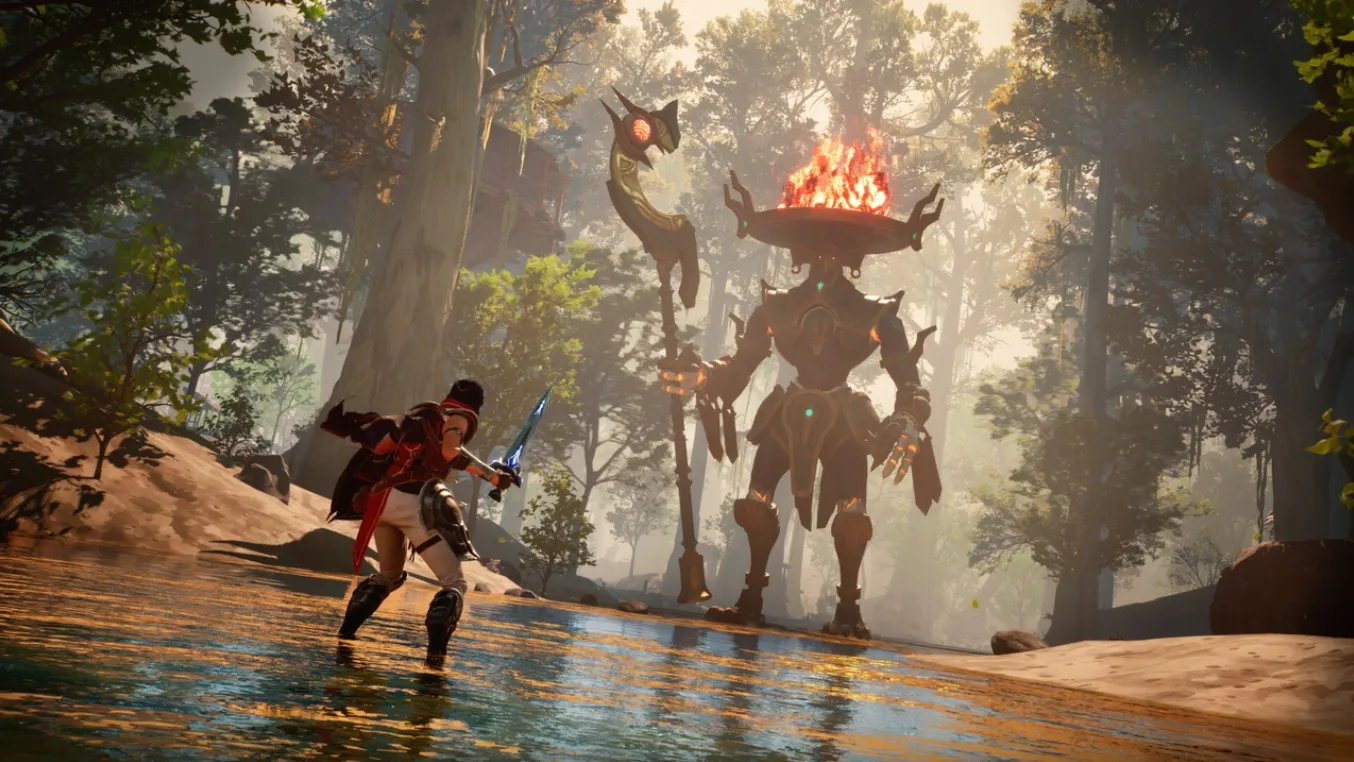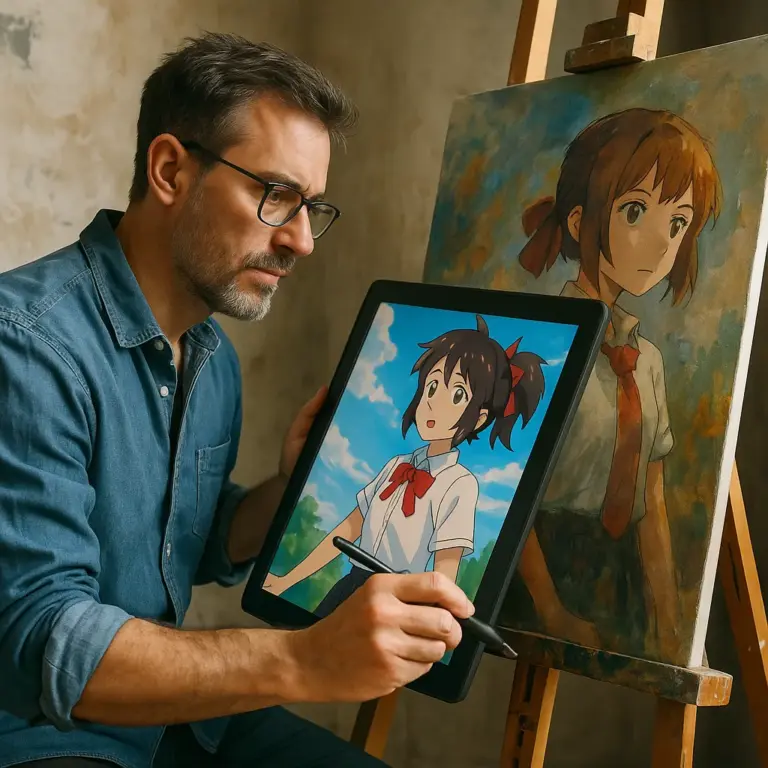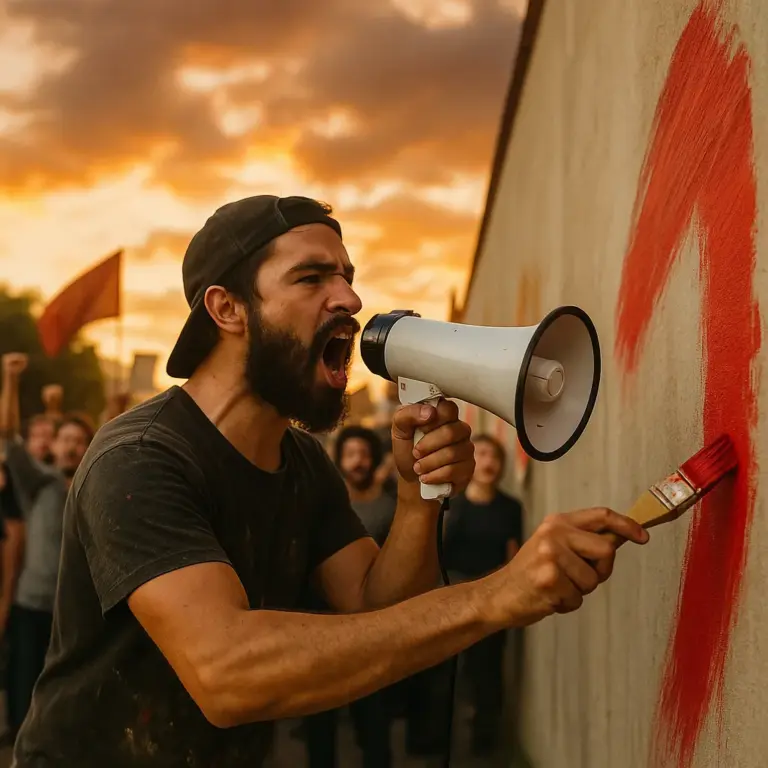Eternal Strands, developed by Yellow Brick Games, is a third-person action RPG that stands out thanks to its advanced, physics-based magic system. Players manipulate heat, momentum, and other natural forces in a magical, abandoned world. For developers Jeff Skalski, Frédéric St-Laurent, and Mike Laidlaw, the key to making it all work boiled down to three pillars: constraints, cuts, and collaboration.
A New Studio, Big Ambitions
Yellow Brick Games is one of the early success stories to emerge from the wave of independent studios founded by veteran developers between 2020 and 2022. With fewer than 100 team members, the studio managed to launch Eternal Strands, a game where players battle towering creatures and traverse environments that are sometimes living beings themselves — all using a complex and reactive physics system.
Ten years ago, this kind of game would’ve seemed impossible without a massive AAA team. But with modern tools and tightly focused development, Yellow Brick not only built something ambitious — they even shifted from working with Private Division to fully self-publishing.
According to game director St-Laurent, creative director Laidlaw (formerly of BioWare), and executive producer Skalski, the secret was simple: work smart, cut early, and collaborate constantly.
Magic in Eternal Strands Starts with Temperature
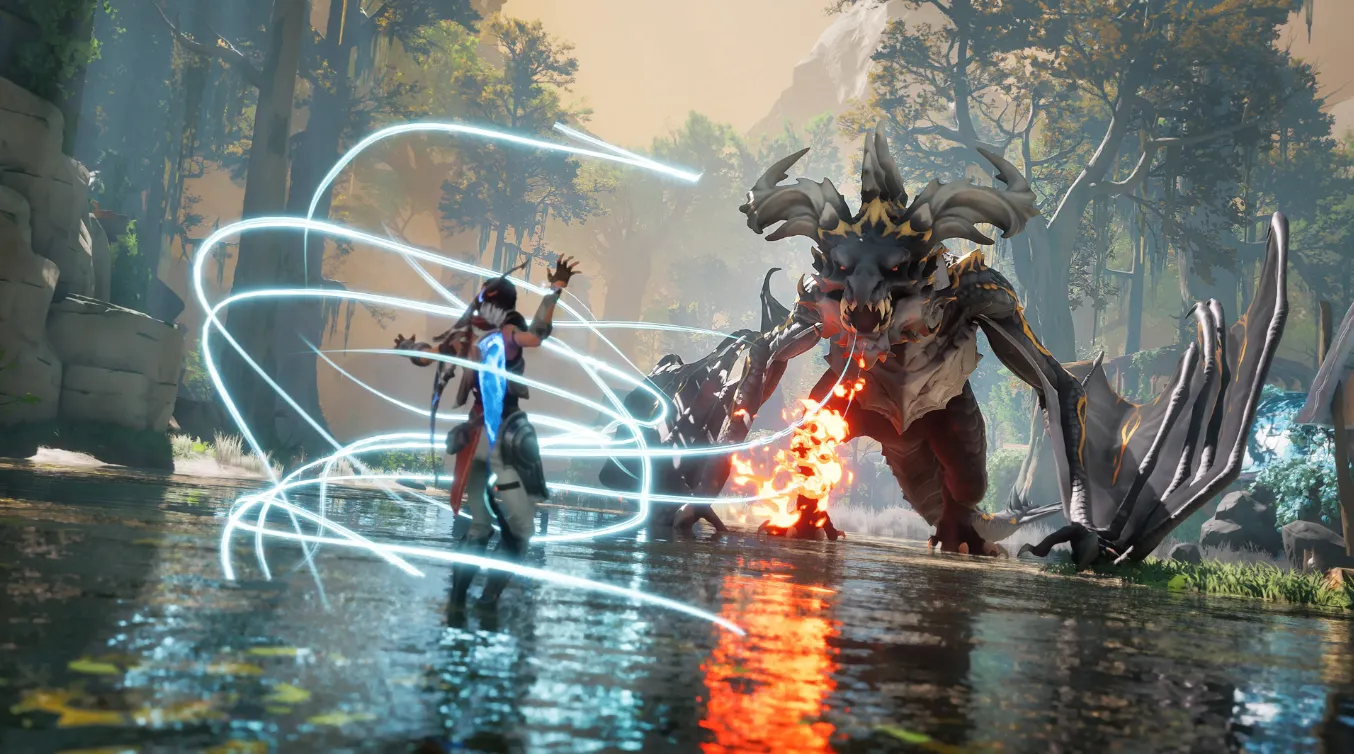
From the project’s start in 2020, the core idea was already clear: a fantasy world with crafting, giant monsters, and physics-driven magic. Players control Brynn, a magical weaver exploring a forgotten land called The Enclave to save the world — and her friends.
What sets the game apart is how spells interact dynamically with the environment. St-Laurent explains that the heart of the magic system is a temperature tracker. The engine simulates heat in 2×2 meter cells, and environmental objects — plants, stones, ingredients — react accordingly: they heat up, burn, freeze, or shatter. Creatures can slow down in the cold or even freeze solid.
This leads to organic gameplay moments. A dragon’s fire breath doesn’t just damage — it can ignite entire forests through heat convection. A giant automaton crashing into a wooden structure destroys it using a mix of impact and thermal energy.
It’s comparable to what Nintendo did with Breath of the Wild, but scaled to be manageable for a small team.
Focused Design, Built Around What Matters
The heat simulation came with an early constraint: no open world. Simulating temperature across a vast map would be unmanageable. Instead, the game uses interconnected zones with their own enemies and resources, encouraging replay and exploration with purpose. inimigos e recursos próprios, incentivando o jogador a revisitar regiões com novos objetivos.
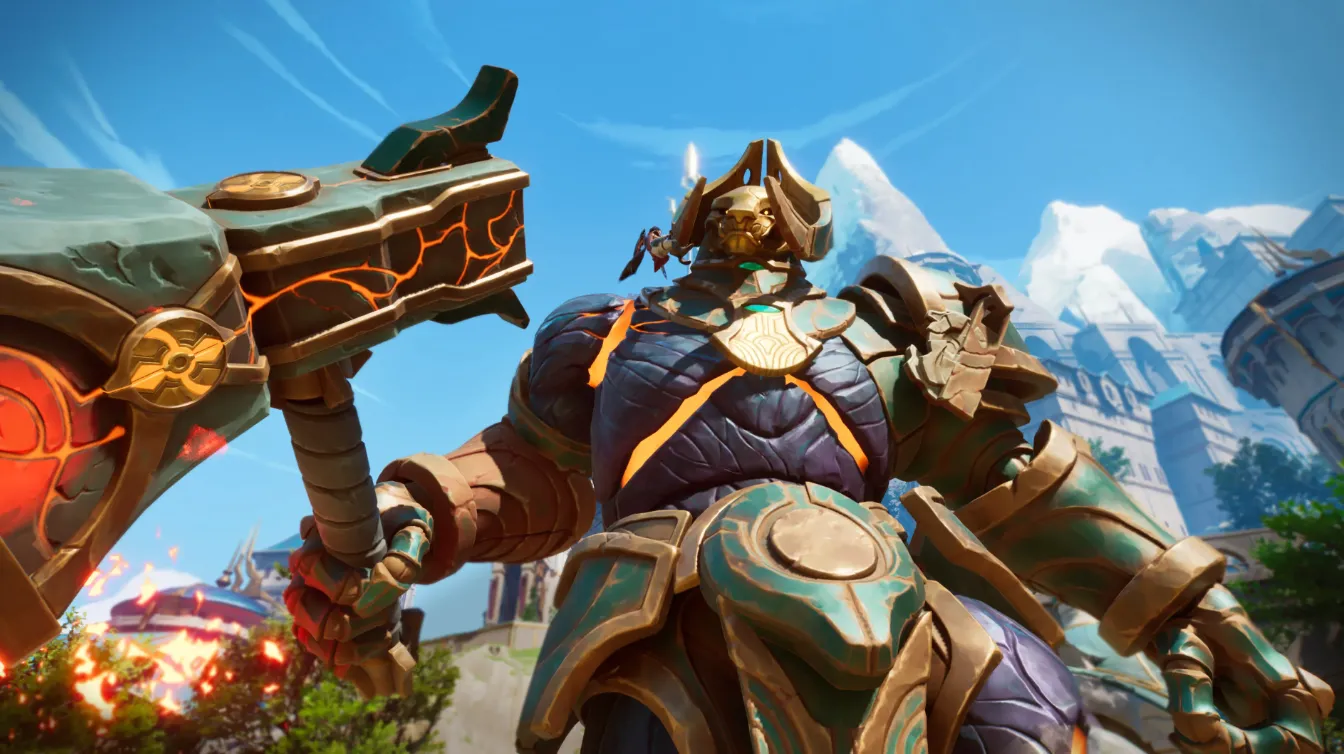
OThe same logic was applied to creature design. Rather than build dozens of monsters from scratch, the team developed a shared movement and health framework, created an elemental design language (fire, ice, acid, telekinesis), and used subtractive design to define what each creature would do.
If a creature flies and breathes fire — that’s a dragon base. Final behavior emerges from AI and environmental interaction. Some concepts were cut altogether, like rolling or sliding enemies, which demanded complex physics that could overload the system. “I joked once about adding a perfect sphere with millions of polygons… it would crash everything,” said Laidlaw.
In this game, optimization is design.
Cut Early, Not Late
Originally, the team planned 12 epic creatures. The final game features 9. Cutting content is a normal part of development, but the team’s philosophy was to cut before too much time was invested.
“We cut stuff every planning meeting,” said Skalski. “It kept development healthy.”
Each team had clear goals for each phase. If the art team couldn’t realistically complete all armor sets by the end of pre-production, the scope was trimmed right away — avoiding months of wasted work.
When Physics Becomes Emergent Gameplay
One of Laidlaw’s favorite development moments involved “rich boulders” — rocks that yield rare materials when heated, a mechanic inspired by “combat-based smelting.”
“I used to joke that I wanted to lift a rock with telekinesis into a dragon’s breath to create legendary ore. One day, St-Laurent messaged me: ‘Done. It works.’”
Moments like this were only possible because the system was modular and well-designed from the beginning. New features didn’t require rebuilding everything — they slotted into place.
A Blueprint for Indie Studios
Now that Eternal Strands is out, Yellow Brick Games proves that small teams with big ideas can deliver standout experiences. Whether the model will prove financially sustainable for others remains to be seen — but the game is already one of 2025’s most creative releases and a case study in doing more with less.
For any indie studio dreaming of ambitious mechanics without a massive budget, Eternal Strands offers a powerful message: focus hard, cut fast, build smart — and let good systems do the heavy lifting.

